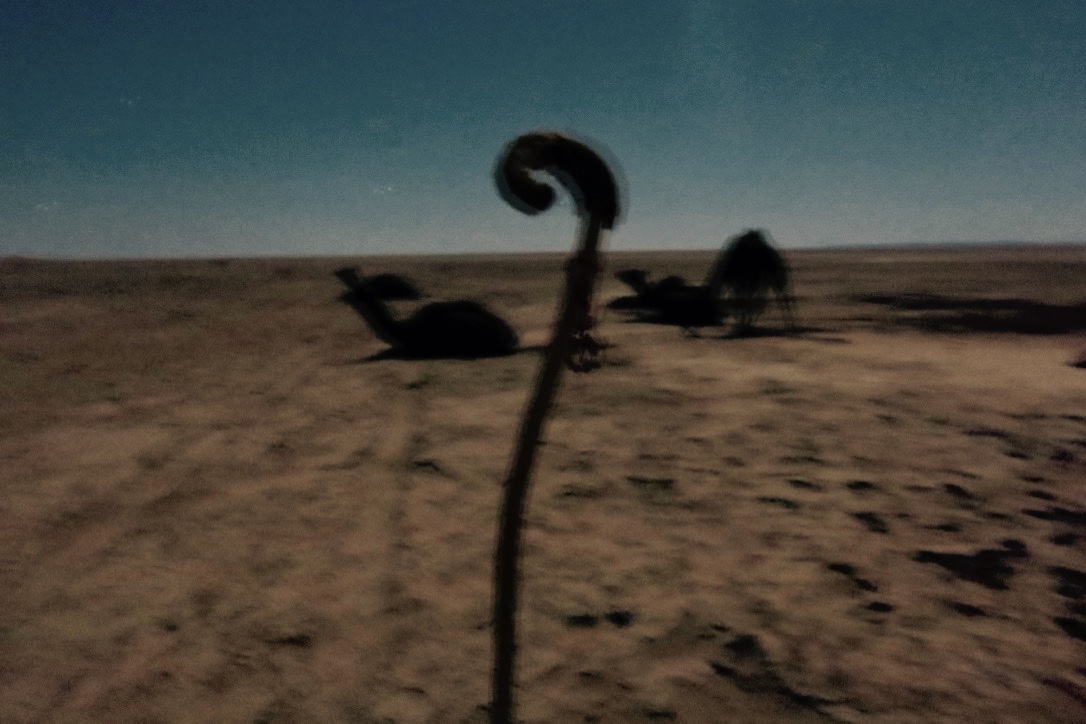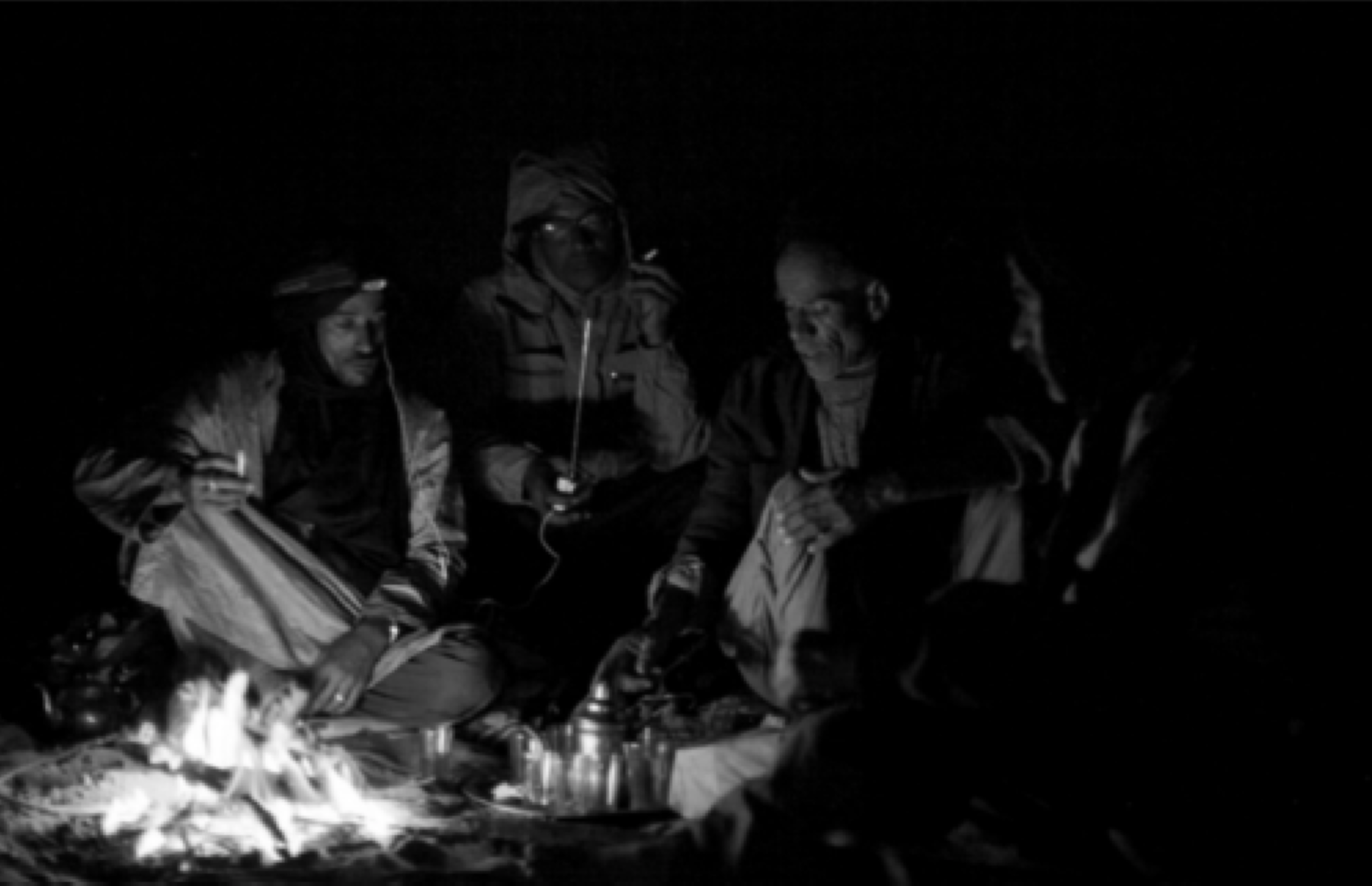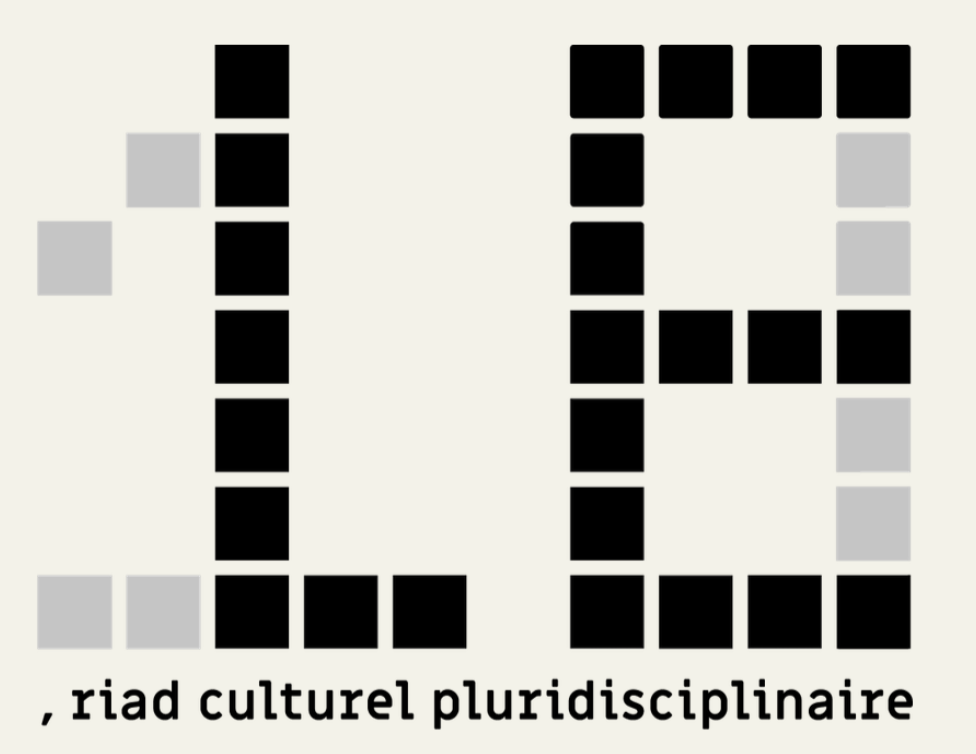المقري يستعيد
الزمان والمكان
al-Maḳḳarī Reclaims
Time and Space
Contemporary Art Residencies. Reclaiming time and space is the title of the most recent publication on art residencies.
Published in early 2019, the book is the result of a collaborative effort on the part of 15 researchers, curators and artists working in different locales across the globe. Its aim is to rethink the increasing significance of art residencies within the ecosystem of contemporary art. In the introduction of this timely monograph, Taru Elfving and Irmeli Kokko state that “the core function of residencies continues to be in support of artistic development and to provide time and space for art, research, and reflection.”
Back in the 17th century, regaining time and space was also a key concern for the scholarAḥmad Muḥammad al-Maḳḳarī.
In two of his lesser-known works, al-Maḳḳarī reflects on the discourse surrounding place and time in the context of a particular community of practice: late medieval Islamic scholarship.
Outside of Marrakech,
October 19, 1617
October 19, 1617
al-Maḳḳarī’s intellectual trajectory begins at the end of the 16th century in Morocco. One hundred years after the fall of Granada to Christian hands in 1492, Morocco has entered a period of renaissance under the sixth and most reputable of all Saadis rulers: Ahmad al-Manṣūr. Since the beginning of his sultanate in 1578, Marrakech has come to overshadow Fez as the intellectual capital of the Maghreb. Thanks to the reactivation of trans-Saharan gold and book trade, the Red City has recovered its status as a commercial and intellectual centre, attracting the most famous scholars from around the Islamic world.
al-Manṣūr has built up a reputation as an ambitious and powerful ruler. His obsession stretches far: he wants nothing less than to re-conquer al-Andalus and to colonise the New World that is being discovered on the other side of the Atlantic. Beyond his territorial ambitions, the Sultan also cultivates a profound interest in Islamic science and letters. He is a lover of books, calligraphy and mathematics, a disciplined connoisseur of mystical texts and a promoter of scholarly debates.
Complementing this vibrant intellectual urban life, parallel centres are evolving in non-urban settings. Indeed, the mountainous regions surrounding Fez and the lands around Marrakech have become central nodes in the region’s scholarly landscape. At the outskirts of the two cities, several halafāts have become popular meeting places. During Ramadan, scholars, translators and writers travel from far and wide, reclaiming time and space by partaking in these weeklong gatherings to read and write collaboratively.
It is a cold autumn night. A long day of discussions, translations and writings on theology, jurisprudence, literature and history, with friends and new acquaintances is coming to an end in a halafāt not far from Fez. A group of nine scholars are gathered around a fire. The sound of a ney can be heard, coming out from a neighbouring zāwiya where a group of Sufis are drinking coffee during their night dhikr.
Besides the stillness, al-Maḳḳarī is hesitant. The moment to announce his departure has arrived.
Looking into the dancing flames, mesmerised, al-Maḳḳarī whispers: It is He who made the earth tame for you — so walk among its slopes and eat of His provision — to Him is the resurrection.

He is going East, to perform the hajj and explore the intellectual milieus of the Ottoman Empire.
He will leave Morocco, the land he chose as his home after leaving Tlemcen and the place where he has studied and now come to prosper. His departure has been decided by events outside his control: the death of his beloved Sultan and the uncertainty brought about by his succession. In departing Morocco, he leaves behind his family, his adopted nation and a comfortable social position.
As he becomes a professional traveler in the eastern Mediterranean region, he will nonetheless ground his intellectual genealogy in Morocco and by extension in al-Andalus. Indeed, Al-Maḳḳarī's writings will position the history of al-Andalus in a way that rivals Istanbul as the new cultural capital of the empire. At the Sublime Porte, he will present himself as the author of an unmatched magnum opus that focuses on the literary and scholarly tradition of the western Mediterranean region. Through this place-bound identification, al-Maḳḳarī is not stressing his otherness to the Ottoman Sultanate, but seeking to affirm the unity of Islam across the Arabic-speaking world. In his work, he will highlight the many people and ideas who have gone back and forth between the westernmost and easternmost reaches of the Mediterranean basin.
The discourse about place in scholars' writings sheds light not only on how scholars defined themselves in relation to a place, but also in terms of temporal space. Indeed, Al-Maḳḳarī’s discussion of, and identification with, al-Andalus and its history refer to a place and time that he never lived in; a place and time he understood only through texts.
Similarly, Taru Elfving and Irmeli Kokko stress that “the paradoxical role of art residencies is to counter the powerful acceleration as support structures for artistic development, offering space and time for critical reflection through creative processes and momentary retreats. Their role is thus to recognise and nurture diverse temporalities rather than succumb to the productivist ethos of homogeneous linear time.”
Recurrent thoughts will resonate in al-Maḳḳarī’s mind all throughout that cold night near the fireplace.
The next day, he and the group of scholars will travel back to Fez, from where he will depart on a life-changing rihla to the East.

الحفلات
و مهرجان المربد
Ḥafalāts
& mirbads

In parallel with the majālis and coffee houses, other practices and places arose in which artists and scholars could find time and space to network, discuss and perform unburdened by institutional constraints. These were the ḥafalāt and the mirbad.
As Sabahat F. Adil has shown in her article Scholarship, space, and strategies of belonging in al-Maḳḳarī’s literary and historical writings (2019): 'Although oftentimes attention is paid to the vibrant intellectual life in urban centres in Morocco, there is something to be said also about the development of parallel centres in non urban sites. Outside of Fez, several ḥafalāts of reading together and then finishing texts became popular in Ramaḍān. These ḥafalāts functioned also as loci for the completion of various tafāsīr or Qurʾan commentaries. Scholars, artists and religous people travelled to these ḥafalāts from far and wide to partake in the mawsim'Festive season specially dedicated to the hajj festival, a holiday, or a commercial gathering.. These gatherings provided al-Maḳḳarī with the intellectual framework to continue his involvement in similar circles upon his moves to Cairo and then Damascus. Indeed, the creative and scholarly practices within ḥafalāts were fundamental to al-Maḳḳarī’s intellectual development, giving him the opportunity to regain and collapse time and space both as an individual and part of a collective. As such, the ḥafalāts should be understood as places of encounter in which knowledge and the journey could engage in a process of continuous exchange and enrichment.
In parallel to the ḥafalāt, the mirbad also became crucial nodes of artistic and intellectual exchange. As we can read in Islam and Travel in the Middle Ages by Houari Touati (2010), 'The Bedouins who frequented Basra camped in an area three miles outside the city known as the mirbad, which functioned as a trading centre for the entire region. That was where the linguists chose to settle because far from being a simple place for commercial exchange, the mirbad was a space for communication and in itself a veritable cultural institution, where poets and itinerant singers came to recite their works.'. Several famous poets performed there before audiences made up of Bedouin tribe members, engaging in ferocious poetic jousts under the arbitrage of experts.
As Sabahat F. Adil has shown in her article Scholarship, space, and strategies of belonging in al-Maḳḳarī’s literary and historical writings (2019): 'Although oftentimes attention is paid to the vibrant intellectual life in urban centres in Morocco, there is something to be said also about the development of parallel centres in non urban sites. Outside of Fez, several ḥafalāts of reading together and then finishing texts became popular in Ramaḍān. These ḥafalāts functioned also as loci for the completion of various tafāsīr or Qurʾan commentaries. Scholars, artists and religous people travelled to these ḥafalāts from far and wide to partake in the mawsim'Festive season specially dedicated to the hajj festival, a holiday, or a commercial gathering.. These gatherings provided al-Maḳḳarī with the intellectual framework to continue his involvement in similar circles upon his moves to Cairo and then Damascus. Indeed, the creative and scholarly practices within ḥafalāts were fundamental to al-Maḳḳarī’s intellectual development, giving him the opportunity to regain and collapse time and space both as an individual and part of a collective. As such, the ḥafalāts should be understood as places of encounter in which knowledge and the journey could engage in a process of continuous exchange and enrichment.
In parallel to the ḥafalāt, the mirbad also became crucial nodes of artistic and intellectual exchange. As we can read in Islam and Travel in the Middle Ages by Houari Touati (2010), 'The Bedouins who frequented Basra camped in an area three miles outside the city known as the mirbad, which functioned as a trading centre for the entire region. That was where the linguists chose to settle because far from being a simple place for commercial exchange, the mirbad was a space for communication and in itself a veritable cultural institution, where poets and itinerant singers came to recite their works.'. Several famous poets performed there before audiences made up of Bedouin tribe members, engaging in ferocious poetic jousts under the arbitrage of experts.
KawKaw at Le18
(Marrakech)
Initiated by Le18 and curated by Younes Baba-Ali, KawKaw was a project structured around an artistic residency, a series of gatherings and a final collective exhibition. KawKaw united artists from the five Maghreb countries in the aim of creating a new space of dialogue and research through artistic practice. Taking place at a time of great transformation in the artistic and cultural scene of the Maghreb, KawKaw reflected a desire to create new bridges of reflection and to explore the region’s opportunities and unexploited potentials. To this end, Le18 invited several artists from Morocco, Libya, Mauritania, Algeria and Tunisia to participate in a month-long residency in Marrakech, where they had the time and space necessary to develop their research while exchanging ideas.
In tandem with the residency, Le18 hosted Fil’Kawkaba, a series of gatherings, presentations and talks that involved cultural activists, researchers, artists and curators working in, or focusing on, the five Maghreb countries. Taking place at Le18 over the course of two months, these meetings aimed to foster public reflection over the condition of the Maghreb as a contested socio-cultural and political space. Some of the topics discussed during these talks and presentations were, for example, the role and relevance of local and nomadic artistic ecosystems and the traditional and contemporary importance of trans-North African encounters.
In tandem with the residency, Le18 hosted Fil’Kawkaba, a series of gatherings, presentations and talks that involved cultural activists, researchers, artists and curators working in, or focusing on, the five Maghreb countries. Taking place at Le18 over the course of two months, these meetings aimed to foster public reflection over the condition of the Maghreb as a contested socio-cultural and political space. Some of the topics discussed during these talks and presentations were, for example, the role and relevance of local and nomadic artistic ecosystems and the traditional and contemporary importance of trans-North African encounters.
KawKaw (i.e., peanut in darija) is a nutritious and popular food shared by all the Maghreb’s cultures. It is associated with communal eating, and namely with the practice of gathering around a table to eat and talk.
Founded in 2013, Le18 is an independent creative platform and exhibition space promoting artistic and cultural exchange. Le18 has two main objectives: supporting emerging artists with research and residency programs, and making their projects known through exhibitions, presentations, and public gatherings. The project also hopes to connect the Marrakchi cultural landscape with various art scenes around the world by inviting international artists to work in Marrakech. Le18’s approach is open and continually evolving: by allowing each intervention to contribute to the essential spirit of the space, it is constantly reinforcing its commitment to fostering creativity. Situated in Riad Laarouss, an area of Marrakech's ancient medina, Le18 not only offers proximity with the city's traditional way of life but also draws its inspiration and raison d'être from its surroundings. The project aims to bring the inspiring qualities of the medina into closer contact with the various approaches, practices, and reflections of invited artists.
